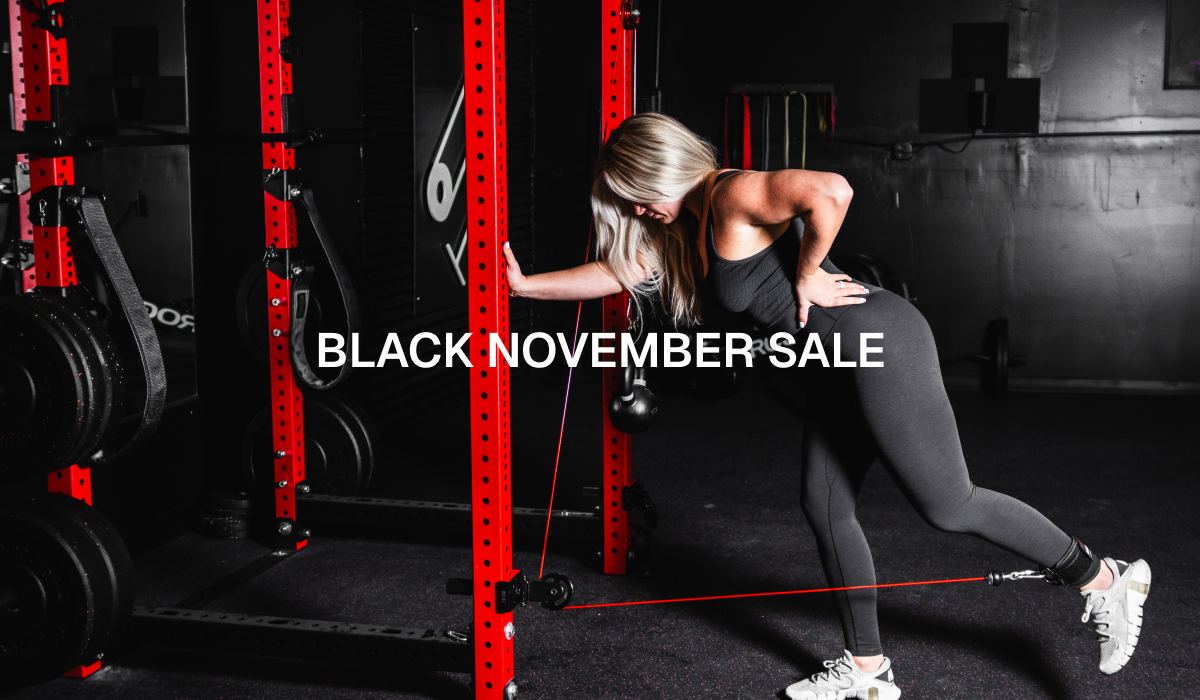When recovering from an injury, especially one involving the shoulder or back, finding the right exercises that both aid in recovery and minimize the risk of further harm is crucial. Cable systems, or pulley systems as they are sometimes called, offer an excellent solution. Because rehabilitation is a delicate process, these devices provide controlled movements and little resistance.
Why Do Rehabilitation Projects Use Cable Systems?
Cables are made to provide a steady resistance over a range of movements. This regularity prevents the abrupt jolts that free weights may create and helps guarantee that the muscles are used correctly. Exercises can be performed smoothly for someone recovering from an injury, reducing the risk of aggravating the injury.
Another benefit of cable machines is their adaptability. They may be tilted to various heights and angles, enabling a variety of exercises that can be customized to meet each person's unique needs. Whether it's a shoulder strain or a lower back issue, the cable system can be set up to target just the right areas.
Practical Cable System Exercises for Shoulder Rehabilitation
- Single-Arm Cable Row: This exercise is excellent for those recovering from shoulder injuries. Pulling a handle attached to the cable machine using one hand engages the muscles around the shoulder blade and upper back, promoting strength and stability in the shoulder joint.
- Cable External Rotation: This exercise is beneficial for building stronger rotator cuff muscles essential for healthy shoulders. Stand sideways to the cable machine, grab the handle with the hand farthest from the machine, and rotate your arm away from your body, keeping your elbow close to your side.
- High Cable Reverse Fly: This exercise targets the rear deltoids and upper back, which is essential for overall shoulder health. Facing the cable machine, grasp two handles with your arms crossed in front of you and pull the handles outwards and backward, keeping your arms slightly bent.
Back Rehabilitation Exercises Using Cable Systems
- Standing Low Row: Stand facing the cable machine with a straight back and pull the handles towards your waist. This exercise strengthens the core and works the entire back, essential for healing from back issues.
- Cable Pull-Through: Great for the lower back, this exercise involves reaching between your legs to grab the cable handle and standing up straight by extending your hips. It mimics the motion of a deadlift but with much less strain on the lower back.
- Cable Core Press: While primarily a core exercise, stabilizing your trunk with this movement benefits the lower back. Stand with the side of your body facing the machine, push the handle straight out from your chest, and hold before bringing it back slowly.
General Tips for Using Cable Systems During Rehabilitation
- Start Light: Begin with light weights to ensure you can manage the resistance without strain. Gradually increase the weight as your strength and confidence improve.
- Focus on Form: Proper form is crucial to avoid re-injury. Perform movements slowly and with control. Work with a physical therapist or a trained professional to ensure you perform the exercises correctly.
- Consistency is Key: Regularly performing these exercises is more important than intensity. Consistent, gentle workouts will yield better results in terms of recovery and rehabilitation.
- Listen to Your Body: Always pay close attention to how your body feels during and after workouts. Any sign of pain beyond mild discomfort could be a signal to stop and consult your healthcare provider.
Conclusion
Recovering from an injury can be challenging, but it becomes much more manageable with the right tools. Cable systems provide a safe and effective way to strengthen injured areas through controlled, stable motions. By incorporating the exercises mentioned above, individuals recovering from shoulder and back injuries can hope to regain strength and functionality, moving towards a healthier future without risking further injury. Remember, the goal of rehabilitation is gradual improvement, and with patience and persistence, recovery is within reach






Share:
Pulley System: Ideal for Beginners in Weight Training
Fun Outdoor Workouts with a Simple Pulley System